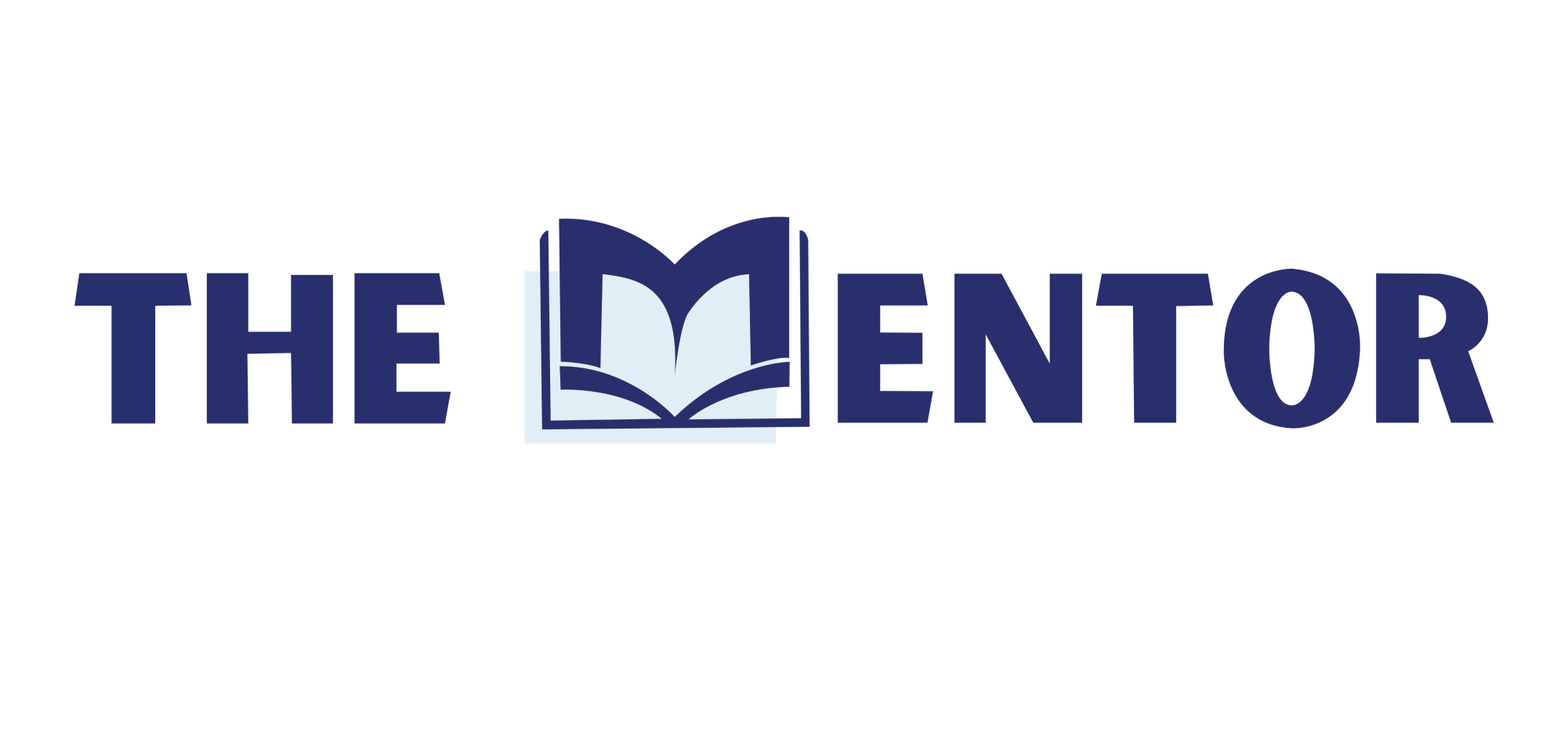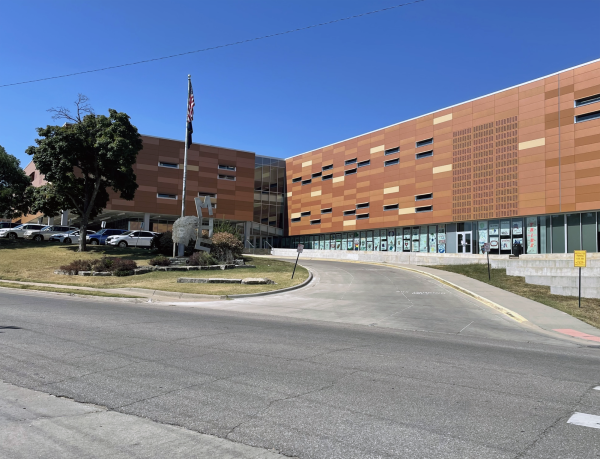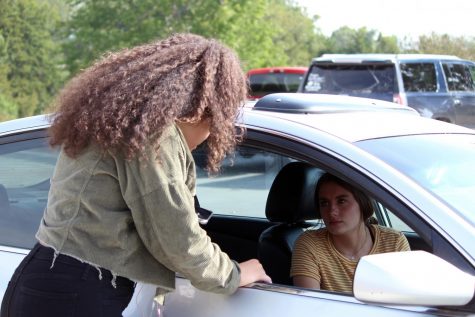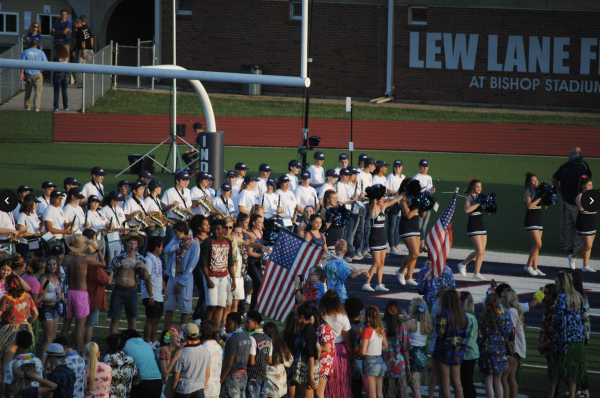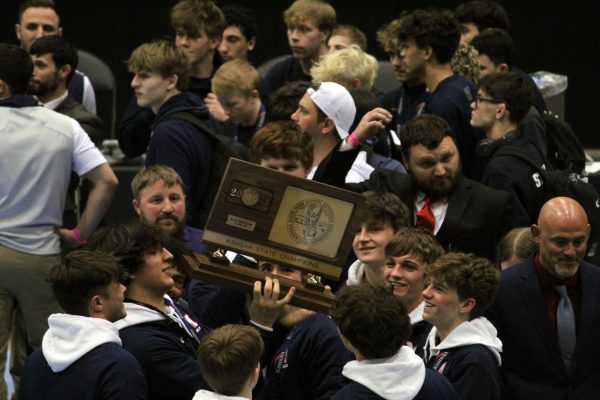Small Hanukkah decorations shabby attempt at diversity
As far back as I can remember, I have celebrated Christmas in school. From my elementary school’s Christmas sing-along to my high school teacher’s Christmas decorations to calling it “Christmas break,” the holidays hold their presence in the classroom.
This is despite public school being a secular institution. In an attempt to reconcile this, my elementary teachers included the occasional Hanukkah song and menorah coloring sheet to diversify things, and Manhattan High has put a 10-second acknowledgment in the announcements.
This is not real diversity, it’s more of an excuse to have Christmas-themed class parties. If we want to teach culture thoughtfully we would celebrate holidays even when it isn’t convenient in a western Christian calendar.
I’m not saying we should take Christmas out of schools; we can’t just pretend Christmas isn’t happening. Simply avoiding culture and religion in curriculum is a disservice. Christmas is an important part of students’ lives and should be taught. I say this as a staunch agnostic who celebrates no religious holidays; learning about religious and cultural practices helps all students understand their classmates and greater society. Cultural education is an important part of education and holidays — including religious ones — and Christianity is the most common religion in the world, so it makes sense to teach about it.
The thing about teaching, however, is that it doesn’t assume a student is already familiar with the topic. Students and teachers can and should talk about holidays in class purposefully to share cultural differences, but not in the context of a “fun” activity that requires prior knowledge of the celebration and excludes students who don’t celebrate.
If we’re going to have Christmas in schools, we must learn about other religious celebrations as well, and not just when it’s convenient. The only reason there are Hanukkah decorations up right now is to make ourselves feel better about breaking the barrier between church and state, not because we care about including our Jewish students.
If we really cared about our non-Christian population at Manhattan High — our Jewish students, but also our Muslims, our Hindus, our Buddhists and more — we would celebrate the holidays that are important to them when they happen. I see Hanukkah decorations up now, but I didn’t see anything on Sept. 15 commemorating what’s widely recognized as the most important Jewish holiday: Yom Kippur, and I doubt I will see any decorations for Passover this spring.
Even more egregiously, we rarely mention religions outside of Christianity and Judaism, despite Jews only making up 0.2% of the world population, while comparably Muslims make up 24.1%, Non-religious people make up 16.0%, Hindus are 15.1% and Buddhists are 6.9% as of 2015. Our religious students that typically come from non-white backgrounds – Muslims, Hindus and Buddhists – are almost never recognized. Ramadan doesn’t enter the discussion, and Eid ul-Fitr — the celebration at the end of Ramadan — is passed over, despite being one of the most important days of the year in the Muslim calendar. All Diwali celebrations fell to the Asian Student Union this year, but we still haven’t seen anything about Wesak (an important holiday for Buddhists), or non-religious cultural dates like Chinese New Year, or Kwanzaa.
If our district’s mission statement claims it wants to form an “inclusive educational environment where the inherent worth and dignity of all people is demonstrated through a pervasive sense of belonging rooted in mutual respect for the talents, beliefs, backgrounds and ways of living,” we should live up to that. Respect comes from understanding, which means getting out of the customs most of our little town participates in. All it takes is paying a little time and attention to create a more inclusive environment.
